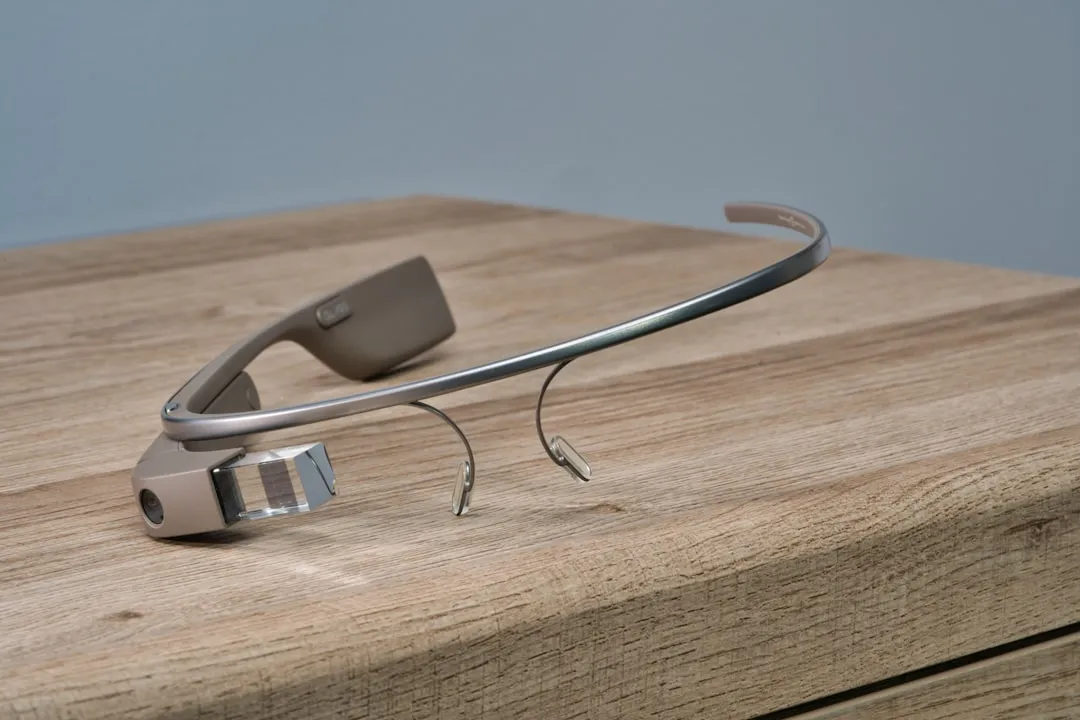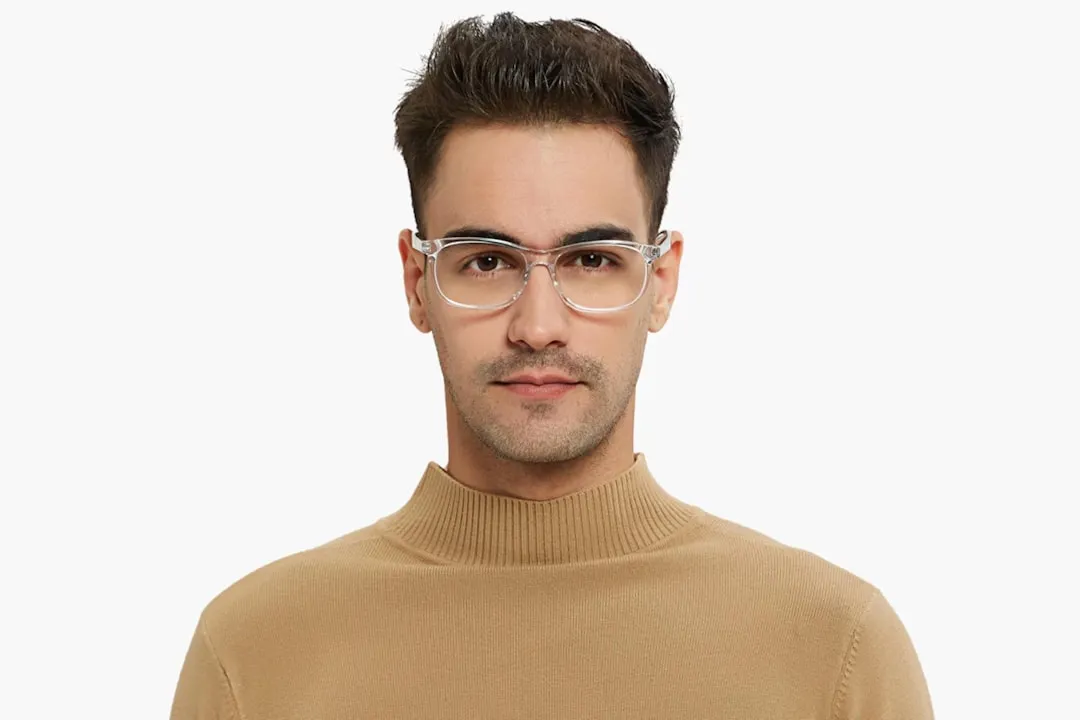When you think about consumer VR headsets, you either imagine a computer-tethered powerhouse like the Oculus Rift and HTC Vive, or something portable yet limited that utilizes your smartphone like Google Cardboard. Somehow, we haven't seen much in-between, but the Idealens aims to fill that gap.
The Idealens is an all-in-one VR headset that runs on the kind of hardware you'd find in a smartphone, yet it offers a far greater field of view on par with the Oculus Rift and HTC Vive. The result is a much more immersive experience than something like Google Cardboard, and a far more portable one than its computer-tethered competition. It also rests on your head far more comfortably than pretty much any other VR headset because it's super lightweight and uses its battery as a counterweight for better balance.
But the Idealens wouldn't have much use without software. WEARVR, a site that both curates and distributes VR content, partnered with Idealens to bring the device a wide selection of software. The result is a VR ecosystem that requires nothing but itself to operate. Because the Idealens is based on Android, many existing Android VR apps can be ported over in a matter of hours. Those apps will look better, too, because of the Idealens' larger field of view and higher resolution.
Even though the Idealens is an impressive device with plenty of software, does it offer an experience that people want? The middle ground between smartphone- and computer-based VR likely hasn't seen much activity for a couple of reasons. First, mobile gaming tends to thrive on quick smartphone games. Fewer players are interested in platforms that focus on more time-consuming entertainment. That's what console and computer gamers are looking for, and they're more likely to seek out VR hardware that offers a similar experience.
Furthermore, Android-based gaming platforms (e.g., Ouya, GameStick) have never performed well because they provide a smartphone-grade experience in an environment shared by far more powerful systems like the PS4 and Xbox One. That frequently led to developers porting over their familiar smartphone games, making the content selection seem a bit tired. If WEARVR and the Idealens end up in the same situation, they may struggle to find an audience.
But maybe not. Although it's a different type of device, the Microsoft HoloLens takes a similar approach to the Idealens. It, too, runs on mobile hardware and needs nothing but itself to operate. While microconsoles may have failed, they felt like a step backwards because they kind of were. The only real advantage these things had was their low cost and diminutive size. What people want and enjoy in virtual reality is still being discovered. By virtue of being new, we may find that a portable, immersive experiences are actually more compelling than their alternatives.
While large, obvious headsets don't make for the most compelling portable gadgets, a lack of cables has obvious advantages. As virtual reality hardware evolves, graphic power and battery life will improve. VR, AR, and MR will likely converge as each technology matures as well. Portability will matter. Right now, however, it might be an uphill battle for the Idealens. But it does have the potential to become an ideal headset, especially when paired with WEARVR's app ecosystem, someday in the future.
Personally, I hope it succeeds. The Idealens is a very well-designed, thought-out product that's trying to give us what we'll want in the future when better components are available. The current version offers a fun experience on its own, but teases a more compelling future.
Cover image by Idealens
























Comments
Be the first, drop a comment!